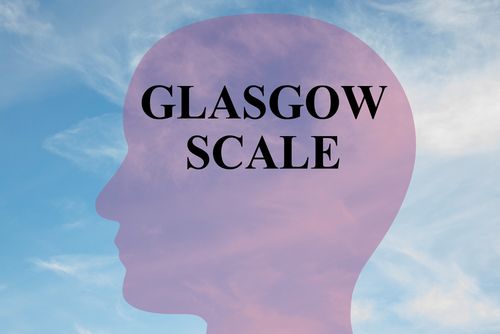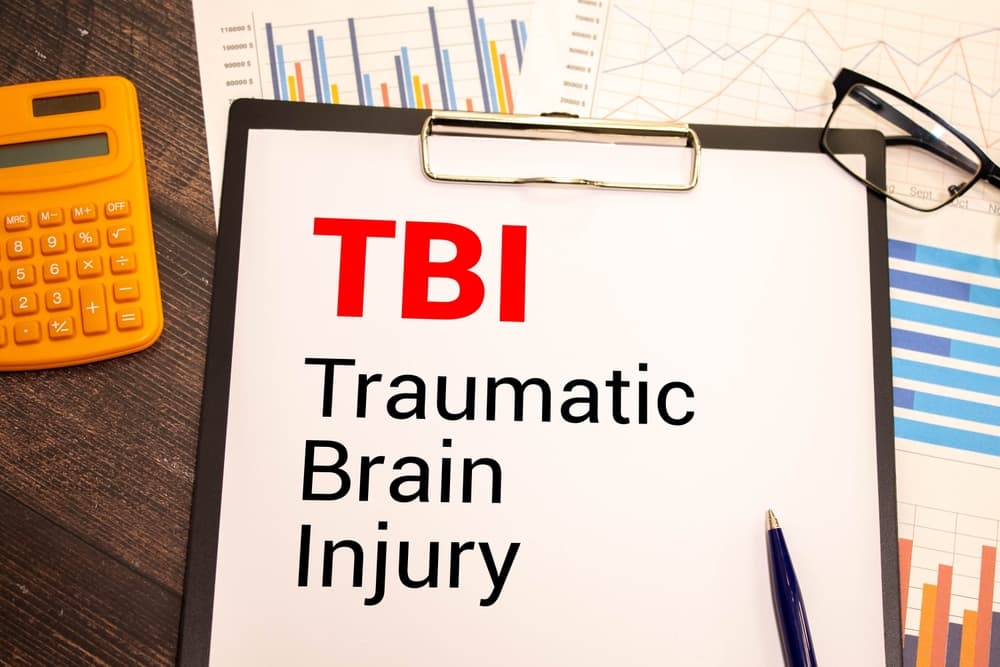
An estimated 1.5 million Americans suffer some sort of brain injury each year, according to the Center for Disease Control (CDC). They also report that every day 153 people are dying from injuries that include a traumatic brain injury.
Some of the most common causes are car accidents, falls, and firearms. The range of severity depends on how the brain injury occurred and the location. They can be classified as being anywhere from mild to catastrophic, which will dictate what type of medical treatment will be required.
Here are the major types of brain injuries along with their symptoms:
For a free legal consultation, call 516-451-7900
Concussion
A minor brain injury that should still be considered and treated seriously. It can be caused by an impact to the head, shaking, or a sudden change in movement such as whiplash. Symptoms include headaches, memory loss, disorientation, and issues with concentration. If more than one concussion occurs or a second one follows before the first one has healed then they can be especially dangerous.
Diffuse Axonal Injury
A diffuse axonal injury (DAI) results from the brain moving, similarly to a concussion, but is more oftentimes more serious because tears occur in the connections from the brain to the spinal cord. This is due to the head being moved so violently that the brain stem cannot keep up. The amount of brain damage varies from being microscopic to quite large. Larger tears can have detrimental long term side effects or even be fatal. Symptoms depend on which areas of the brain were affected as well as severity.
Click to contact our personal injury lawyers today
Focal Brain Injury
This type of injury is usually caused by a fall, a violent blow to the head, physical assault, or a bullet, and affects the one area of the brain where the damage occurred. There are several types of focal brain injuries:
- Open – an object enters brain tissue after piercing the skull
- Closed – pieces of the skull press into the brain
- Intracranial Hemorrhage/Hematoma – bleeding within the skull, but outside of the brain or bleeding within the brain
Symptoms vary depending on severity and area of the brain impacted.
Complete a Free Case Evaluation form now
Subarachnoid Hemorrhage
Subarachnoid Hemorrhage (SAH) occurs when a blood vessel bursts in the area just outside of the brain in what’s known as the subarachnoid space. The blood vessels that rupture are caused by cerebral aneurysms, which are abnormalities that cause swelling in the arteries at the base of the brain. Symptoms include a severe headache due to intense and rapid pressure, nausea, vomiting, and neck pain. These indicators can come on suddenly, medical treatment is needed immediately.
Stroke
When blood and oxygen is blocked from reaching the brain due to a blockage or when a blood vessel ruptures and bleeds then a stroke occurs. Symptoms happen “FAST,” an acronym used by the National Stroke Association to help with recognizing these symptoms:
- F – face; an uneven smile or droop on a person’s face
- A – arms; numbness or weakness in the arms
- S – speech; slurred speech is a sign of a stroke
- T – time; time to act fast when seeing signs of a stroke
These additional symptoms may occur:
- Numbness, typically in one side of body
- Difficulty walking
- Fatigue
- Vision issues in one or both eyes
Locked-In Syndrome
A rare condition of total body paralysis, except for the eye muscles, that can be inflicted by a stroke that has damaged the brainstem.
Anoxic Brain Injury
A traumatic brain injury that occurs when there is a complete lack of oxygen reaching the brain. Without the proper amount of oxygen, it only takes around four to five minutes for brain cells to begin dying. Some types of events that can block oxygen and cause anoxic brain damage include stroke, blood clot, heart attack, serious trauma, carbon monoxide poisoning, anaphylactic shock, suffocation, and choking. Immediate symptoms can consist of loss of consciousness, vomiting, confusion, changes in behavior, severe headache, numbness and/or tingling.
Hypoxic Brain Injury
Similar to an anoxic brain injury in that there is a lack of oxygen, but different in that there is some oxygen still reaching the brain, just not enough. This type of injury can occur due to extremely low blood pressure called hypotension, severe asthma attacks, drowning, carbon monoxide poisoning, strangulation, choking, or traveling to altitudes higher than 8,000 feet. Symptoms range from mild to severe. Mild being difficulty paying attention, difficulty with decision. Making, temporary memory loss, and reduced mobility. Severe symptoms consist of seizure, coma, or brain death.
If you are or a loved one is suffering from the negligent or reckless actions of another party, it is important to immediately consult with a Long Island brain injury lawyer as you may be entitled to compensation. Rosenberg & Gluck, LLP has extensive experience with the complicated and lengthy lawsuits that often spring up after a brain injury. For more information or for a free consultation please contact us today.






